Blog
Explore the Power of Lithium Innovation
Stay updated with the latest trends, technologies, and application insights in the world of lithium battery solutions
Search the whole station
Explore the Power of Lithium Innovation
Stay updated with the latest trends, technologies, and application insights in the world of lithium battery solutions
As eco-friendly transportation continues to rise around the world, electric bicycles have become a go-to option for short-distance travel. They’re easy to use, affordable to maintain, and, of course, kinder to the planet. Yet, one common question still puzzles many riders — should you always fully charge your e-bike battery?
Whether you’re a commuter in Europe or the U.S., or a weekend cyclist in Southeast Asia, the answer isn’t as simple as “yes” or “no.” It depends on what kind of battery your e-bike uses and how you treat it daily.
Modern e-bikes usually come with one of three main battery types — lithium-ion, lead-acid, or 18650 cells (a subtype of lithium-ion). Each has its own behavior and charging needs.
Lead-Acid Batteries
These are the old-school workhorses. They’re tough, can handle full charges, and don’t mind being completely drained from time to time. Because they can bounce back from deep discharges, you don’t have to baby them too much.
The downside? They’re heavy, bulky, and self-discharge faster than newer lithium batteries. If you let them sit idle too long without charging, the battery plates may sulfate — a chemical process that permanently reduces capacity. That’s why they need regular charging even when not in use.
Lithium-Ion and 18650 Batteries
This is what you’ll find in most modern e-bikes. Lithium-ion batteries are lighter, pack more energy, and hold their charge far longer than lead-acid ones. Among them, the 18650 cell is especially common. Each cell delivers about 3.7V and holds between 1800mAh and 3500mAh.
Manufacturers usually connect multiple 18650 cells in series and parallel to create a full battery pack that meets the e-bike’s voltage and capacity needs. Because each small cell contributes to the total performance, these packs rely on a Battery Management System (BMS) to keep everything balanced and safe.
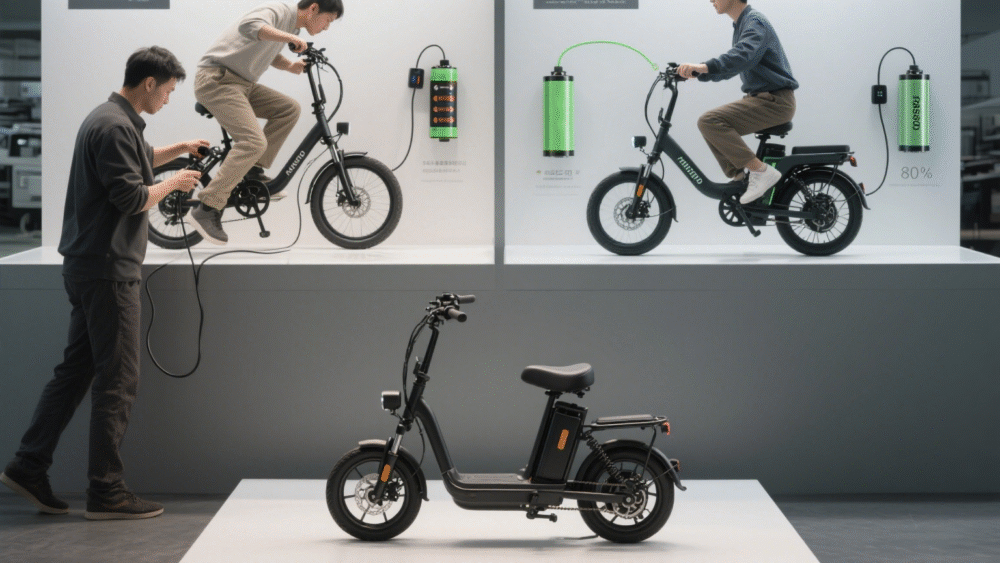
Here’s the truth: you shouldn’t top them up to 100% every single time. Overcharging pushes internal voltage too high, generating heat and accelerating chemical wear inside the cells. It also encourages lithium dendrite formation — tiny metal filaments that can pierce the separator and cause internal short circuits. That’s a fast track to both performance loss and safety issues.
Research shows that constantly charging lithium-ion or 18650 batteries to full can shorten their lifespan by about 10–15%. The sweet spot lies between 20% and 80%. Don’t let the charge drop too low, and avoid maxing it out unless you really need the full range for a long trip.
As an example: one commuter who followed this 20–80% rule managed to keep over 90% of their battery capacity after a year. Another rider who always charged to 100% saw their battery degrade to around 75% in the same time frame.
Lead-acid batteries, on the other hand, can handle a full charge just fine. They’re designed for it. They can also tolerate deeper discharges without significant damage. But because they lose power faster when idle, it’s crucial to recharge them regularly to avoid sulfation. Even though they’re sturdy, they’re slowly being replaced by lithium options because of weight, efficiency, and lifespan differences.
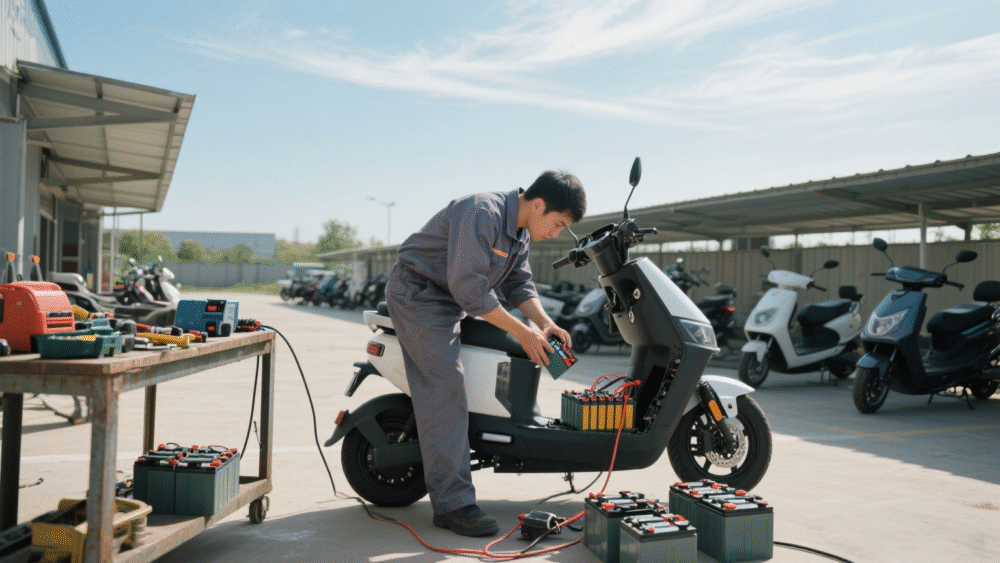
Do an Occasional Full Cycle: Once a month, you can let the battery drain almost completely and then charge it back up. This helps recalibrate the BMS and maintain accurate capacity readings. Just don’t do this too often, as deep discharges also stress the battery.
Winter riders, take note: cold weather significantly reduces battery activity and overall range. This happens mostly with lithium-ion and 18650 batteries. The best approach is to charge indoors or use chargers that have low-temperature protection.
If you’re in a hurry, fast charging can be used occasionally, but it’s best not to make it a routine. Fast charging increases internal temperature and shortens the lifespan of lithium-based cells, especially 18650 ones. Save it for emergencies.
Whether or not you should fully charge your e-bike battery really depends on the battery chemistry and how you ride. For lithium-ion batteries — particularly 18650 packs — the smartest move is to avoid constant 100% charging and extreme discharging.
By sticking to balanced charging habits, using the right equipment, and paying attention to environmental conditions, you can extend your battery life, reduce replacement costs, and enjoy smoother, longer rides.
Understanding these simple charging principles not only keeps your e-bike running at its best but also helps you make smarter choices when it’s time to buy your next one.
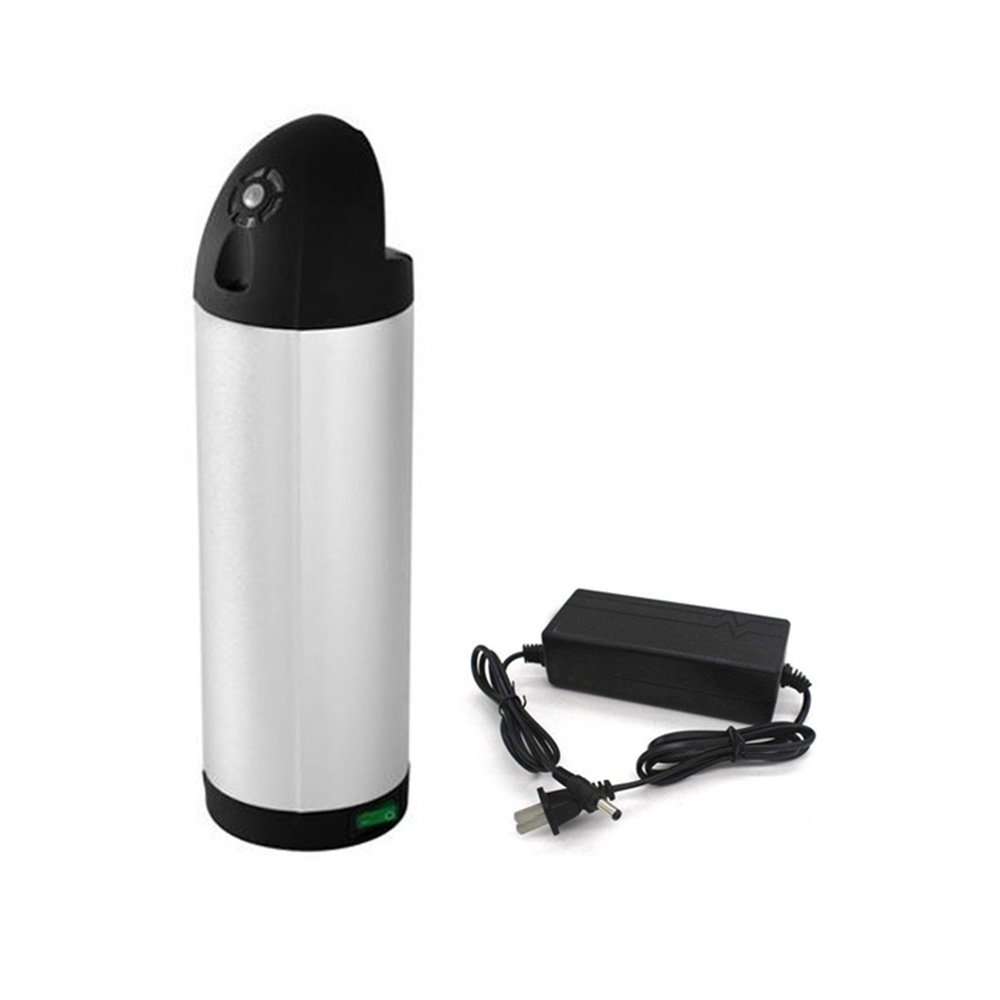
High-performance 36V 10Ah water bottle lithium battery for electric bikes. Lightweight 3.5kg, fast charging in 1.5–2 hours, safe & durable with up to 500 cycles. Ideal for commuting and long rides.
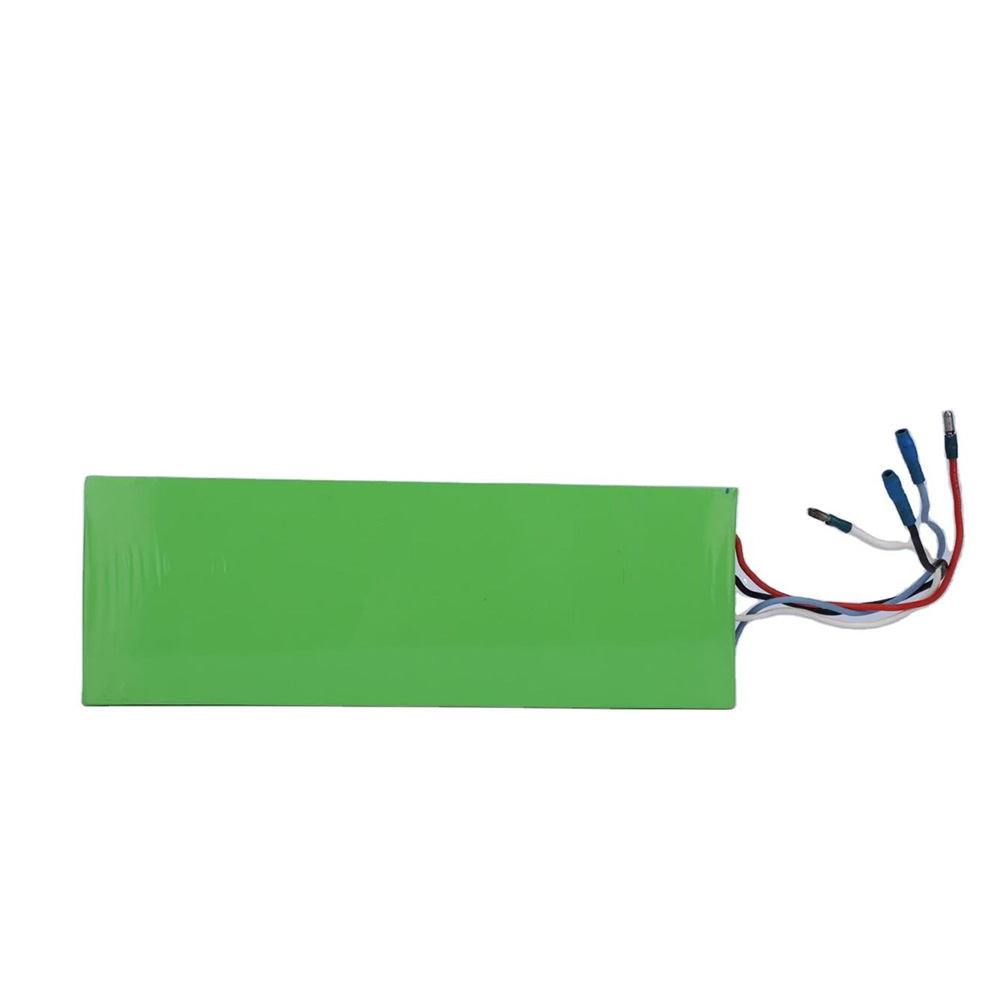
high-performance 18650 Battery 4000mAh, offering stable 24V power and deep cycle support. Perfect for electric scooters, power tools, and energy storage systems. Built-in safety protections ensure long-lasting, reliable performance.
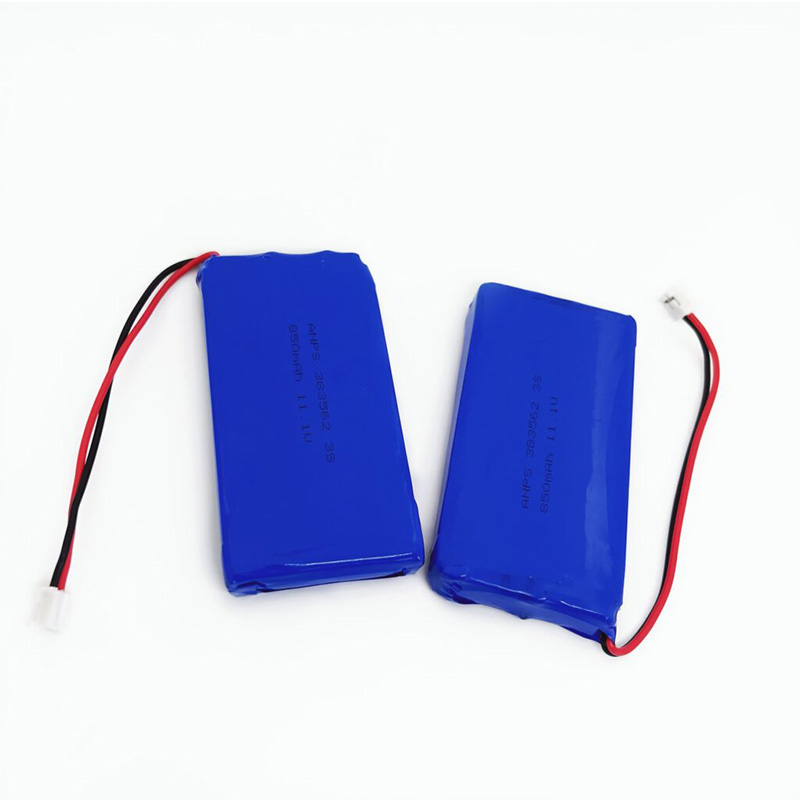
Apsenx supplies high-quality 11.1V 850mAh lithium polymer battery packs featuring premium cobalt materials, multiple safety protections, and customizable options. Ideal for remote toys, electric tools, and portable electronics. Fast shipping and flexible OEM/ODM services available.
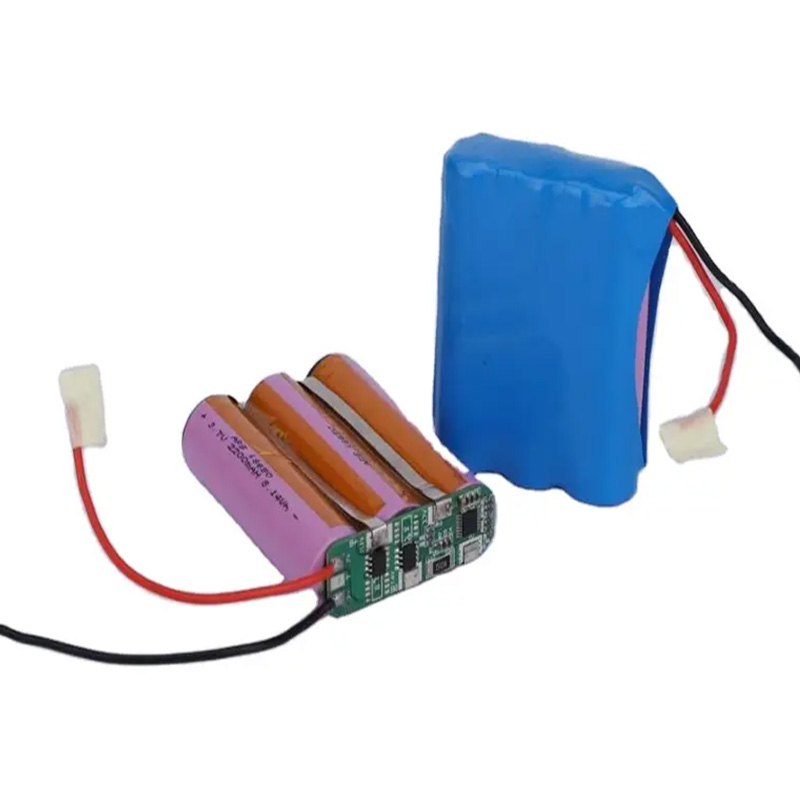
Apsenx offers high-quality 3S1P 18650 11.1V 2600mAh lithium ion battery packs with durable steel shell and advanced safety features. Suitable for beauty instruments, medical devices, flashlights, and portable electronics. OEM & ODM customizable. Long cycle life over 1000 charges.

High-performance 48V 13000mAh 18650 lithium battery pack with 13S5P configuration and six layers of smart protection. Compatible with most electric scooters, motorcycles, and bikes. OEM & ODM customizable voltage, capacity, and connectors. Over 1000 charge cycles and built for safety and durability.

High-quality 18650 3.7V 10Ah Li-ion battery pack with Grade A cells, long cycle life, and multiple protection features. Ideal for consumer electronics, lighting, smart devices, power tools, and outdoor applications. OEM & ODM customization available with CE, RoHS, UN38.3 certifications. Fast delivery & competitive price.
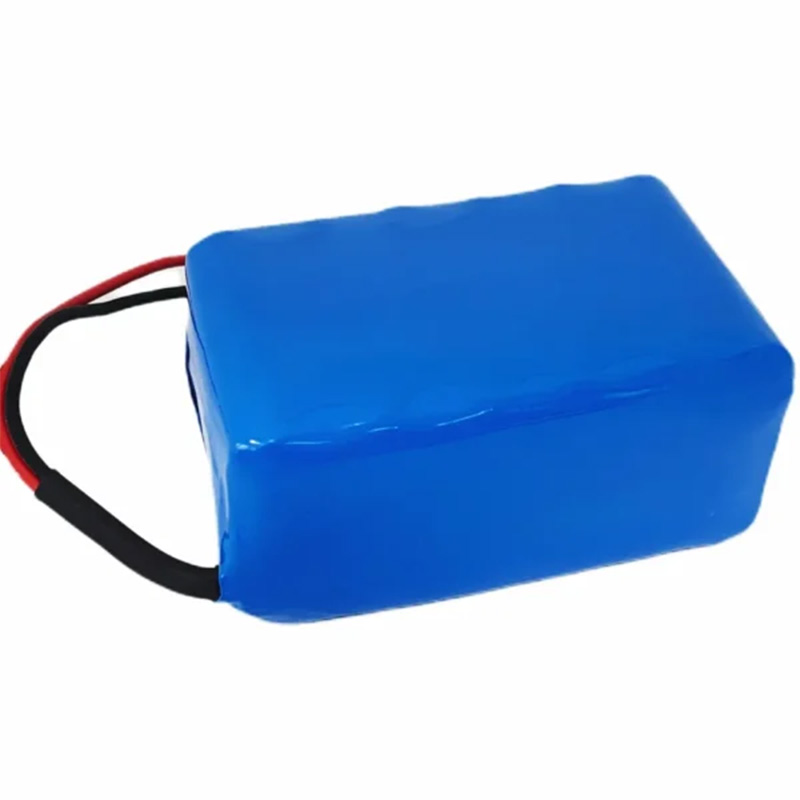
High-performance 18650 22.2V 7.8Ah 2600mAh 6S3P rechargeable lithium-ion battery pack with Grade A cells for e-bikes, power tools, cleaning robots, RC devices, and more. Long cycle life, multiple protections, and customizable voltage, capacity, and connectors. OEM/ODM wholesale supplier.
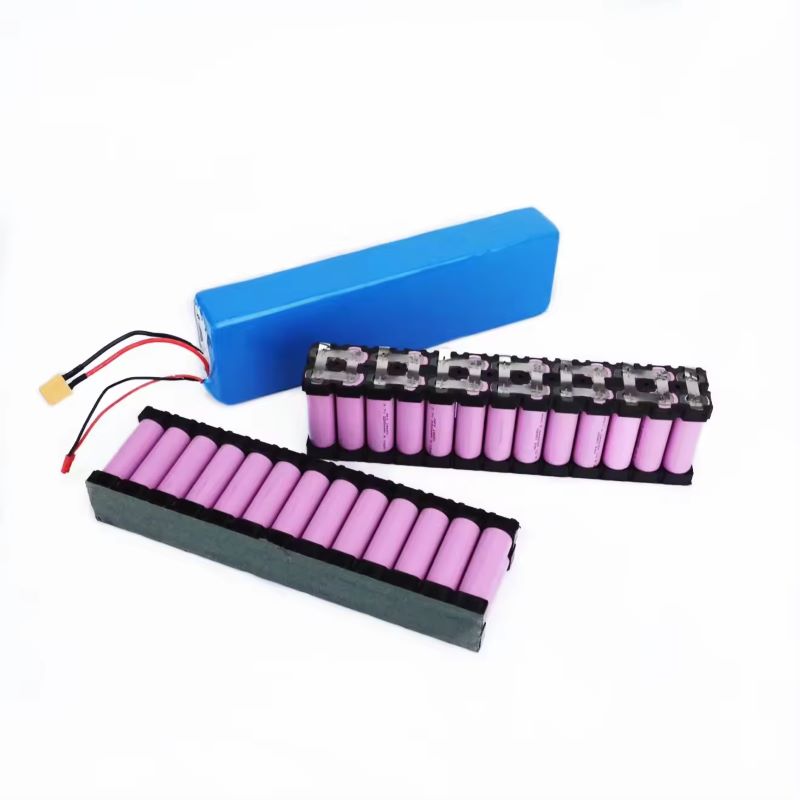
High-performance 48V 13S2P lithium-ion battery pack using Grade A 18650 cells with a 5-year lifespan and intelligent 6-layer protection. Perfect for electric bikes, scooters, and high-voltage applications. OEM/ODM customization available for capacity, size, connectors, and branding.
Explore the 21700 lithium-ion battery, its advantages over 18650 batteries, applications in electric vehicles, consumer electronics, and energy storage, and its future in the battery market.
View detailsLooking to buy 12V 18650 battery packs in bulk? Learn about specs, applications, BMS protection, certifications, and key factors when choosing a reliable supplier.
View detailsDiscover the advantages and applications of 37V and 48V lithium-ion battery packs. Learn about wholesale options, customization, and technological advancements in Li-ion batteries.
View detailsChina leads the global power battery market, but liquid lithium batteries face limitations. Solid-state batteries may become the future, with breakthroughs expected by 2030.
View details
HelloPlease log in